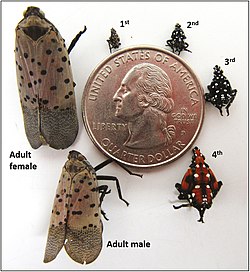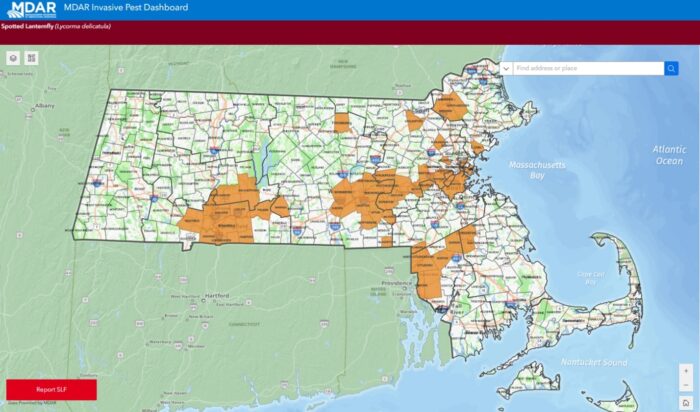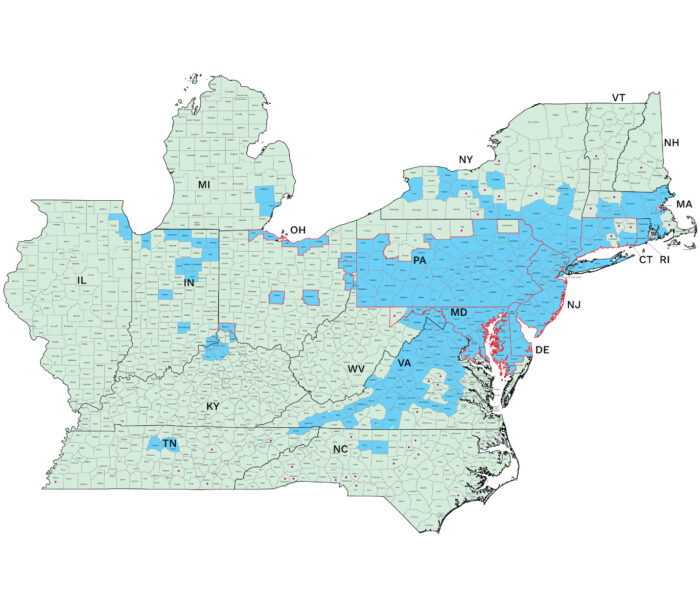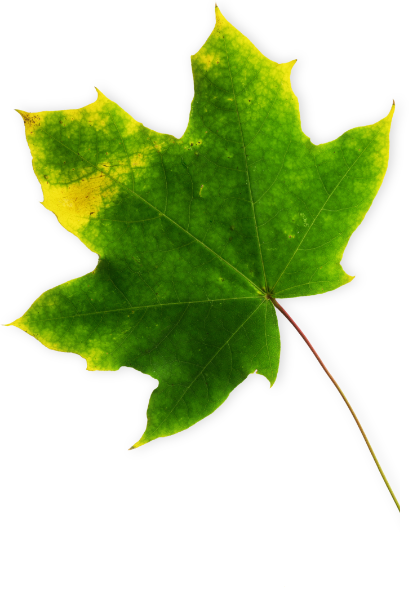The spotted lanternfly (Lycorma delicatula) is an invasive planthopper native to China, India, and Vietnam. First detected in the U.S. in Pennsylvania in September 2014, it has since spread into many states, including Massachusetts, where it’s becoming a growing concern.
These insects threaten vineyards, fruit orchards, and hardwood trees. They are not only destructive but also a nuisance pest for homeowners due to the sticky honeydew and black sooty mold they leave behind.
Is the Spotted Lanternfly in Massachusetts?
Yes. The first established breeding population in Massachusetts was confirmed in Fitchburg (Worcester County) in 2021. Since then, confirmed sightings have expanded into eastern Hampden and Hampshire counties, including Brockton, West Bridgewater, and the Springfield area. By late August 2025, the Massachusetts Department of Agricultural Resources (MDAR) reported that SLF had been confirmed in over 50 cities and towns across nine counties.
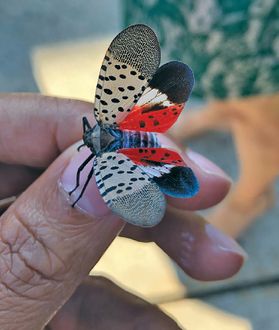 What to Watch For: Identification + Life Stages
What to Watch For: Identification + Life Stages
- Egg masses: September–June: Flat, gray or tan, putty-like clusters often found on smooth surfaces—trees, rocks, vehicles, outdoor furniture, fences. Each mass may contain 30–50 eggs.
- Nymphs: May–July: Early instars (1st, 2nd & 3rd) are black with white pots
- July–September: 4th instar nymphs turn red with black and white markings
- Adults: July-December: Approximately 1 inch long. Gray forewings with black spots, and bright red hind wings hidden beneath.
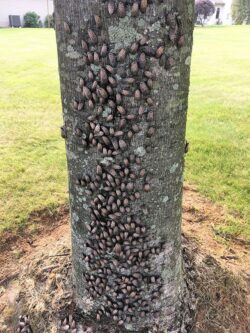 Why They’re a Problem?
Why They’re a Problem?
- Feed in large swarms, weakening plants
- These insects feed by piercing plant tissue and sucking sap, leaving behind sticky honeydew, which promotes sooty mold—reducing photosynthesis and weakening plants
- Attract ants, bees, and wasps
- Although the invasive tree-of-heaven (Ailanthus altissima) is their preferred host, SLF feeds on more than 100 plant species.
- Threaten grape production and fruit orchards.
- While they rarely kill mature trees, they stress them. Grape vines are especially vulnerable and have been killed by SLF in other states.
- Think of them as a nuisance pest that threatens both agriculture and the enjoyment of outdoor spaces—especially with the messy honeydew coating everything.
What You Can Do — Homeowner Action Steps
| Step | What to Do |
| 1. Scout your property | Inspect trees and even non-plant surfaces (lawn furniture, stones, vehicles) for egg masses, nymphs, or adults throughout the year. |
| 2. Report any findings | Visit the MDAR reporting form or the Massachusetts Introduced Pests Outreach Project to submit a sighting—Use MDAR’s SLF Reporting Form with a photo. |
| 3. Destroy what you find | Scrape off or smash egg masses —each one can yield 30-50 new lanternflies. |
| 4. Remove tree-of-heaven | This invasive tree is a favorite host. Removing it near your home or garden can reduce SLF habitat pressure. |
| 5. Avoid spreading SLF | Don’t move firewood, outdoor furniture, or vehicles from infested zones without checking carefully for insects or eggs. |
| 6. Protect valuable plants | Professional insecticide treatments can help safeguard vines, fruit trees, and ornamentals. Contact Natural Tree & Lawn Care for a treatment quote. |
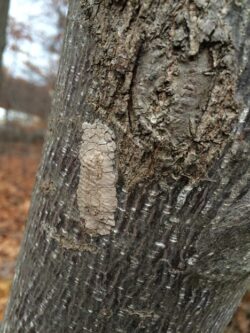 State Support & Resources
State Support & Resources
- MDAR is focused on slowing SLF spread—especially where agriculture and transportation hubs are most vulnerable, Mass.gov. massnrc.org.
- UMass Extension regularly updates fact sheets, webinars covering SLF and other pests UMass Amherst Extension. UMass Amherst Landscape Message
Looking Ahead
Research is underway to identify natural predators and long-term management strategies. In the meantime, Massachusetts officials urge homeowners to stay alert and help slow the spread through reporting and removal.
The spotted lanternfly is here to stay—but early action and community awareness can reduce its impact on both our landscapes and agriculture.
